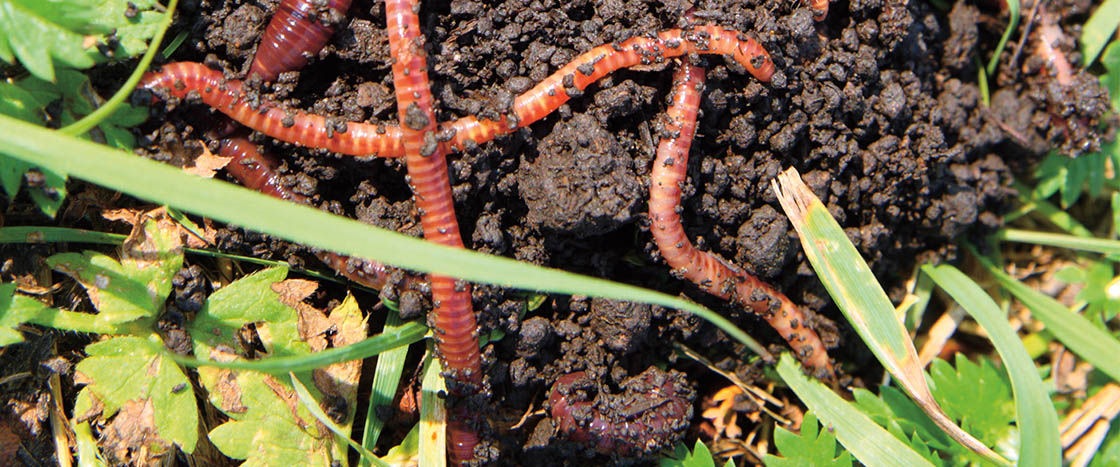Worms! You’re going to raise worms in the garage?”
“Yes, Maddie.” Mom nods and asks me to pass the Parmesan cheese.
“Cool,” says my 6-year-old brother, Avery, his face smeared with spaghetti sauce.
Cool is not the word I would use.
Some people have a fear of flying or freak out at the sight of blood. With me, seeing even a single worm makes me . . . well, imagine being in the path of an oncoming train. That’s the feeling I get when I see a worm. Total panic.
I blame Billy Peppercorn. In kindergarten, he told me to hold out my hands and close my eyes. I knew Billy liked me. So I did as he said, expecting something truly wonderful. Into my hands he plopped his prized possession: a 9-inch night crawler named Buddy that he had been keeping for months in a dirt-filled jar. I screamed and threw Buddy high in the air. Where he landed nobody knows, though Billy spent an hour crying and looking for him. In the end, Billy decided to find someone else to like, and I ended up with a severe worm phobia.
Which is a shame, because Billy Peppercorn is now in my fifth-grade class, and he turned out really cute.
My worm phobia is a secret. You know how kids and brothers are. Once they find out your weakness, you’re done for. So I’m not about to mention it now.
I look over at Dad, hoping he’ll do something, but he just calmly takes a bite of garlic bread.
“I’m going to use the worms in a composting bin,” Mom says. “They’ll eat leftovers, leave castings, and create lovely garden soil for me.”
“What are castings?” asks Avery.
“Worm poop,” Mom answers.
I can’t believe my mom is talking about worm poop at the dinner table.
“Will there be enough room in the garage for my car?” my brother Carter asks.
Carter is 16, and his car is rusty and dented, but it’s his prized possession. Sort of like Buddy was to Billy Peppercorn.
“The bin won’t take up much space. Your car will be fine,” Mom says.
I stare at my spaghetti noodles tinged pink with tomato sauce. They look like worms.
I feel sick.


